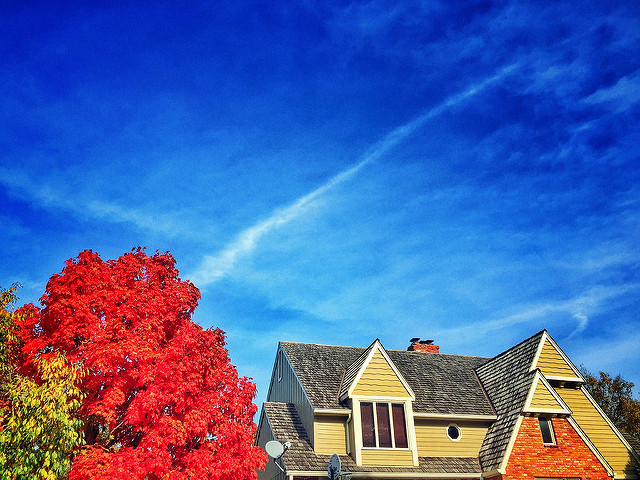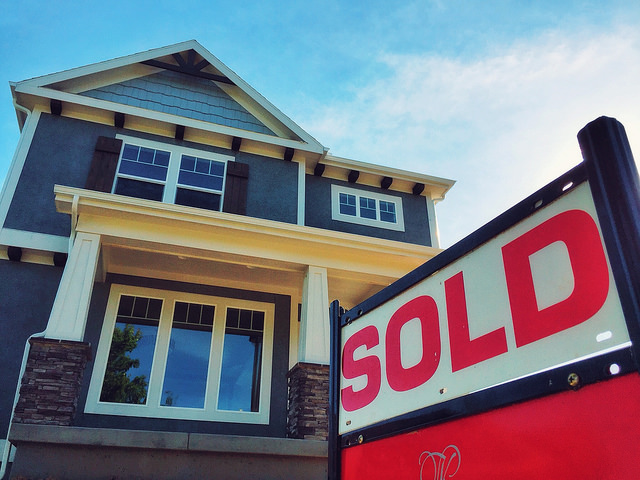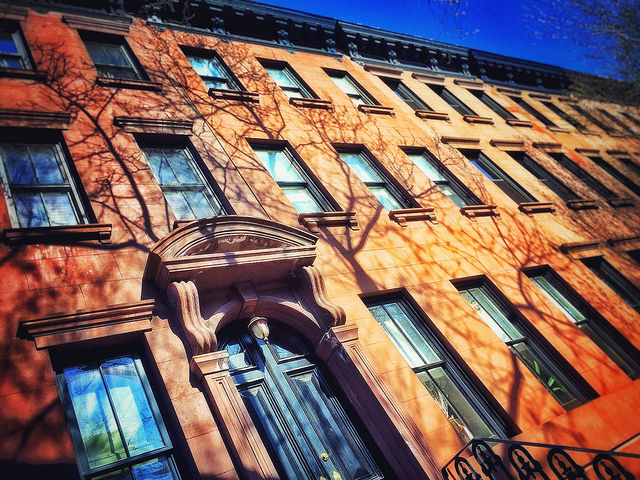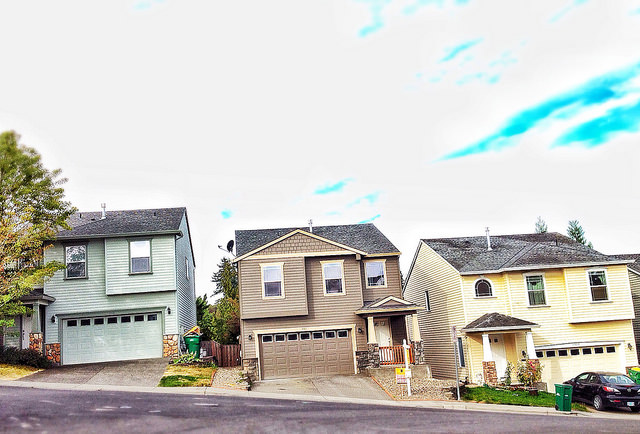The S&P Case-Shiller U.S. National Home Price Index – considered the leading measure of U.S. home prices – has been tracking home values for nearly 30 years. According to their most recent release, national home prices are up 5.1 percent year-over-year, with the biggest price increases seen in the West. David M. Blitzer, managing director and chairman of the index committee at S&P Dow Jones indices, says home prices show no sign of slowing down. “Home prices continued to rise across the country led by the West and the South,†Blitzer said. “In the strongest region, the Pacific Northwest, prices are rising at more than 10 percent; in the slower Northeast, prices are climbing a bit faster than inflation. Nationally, home prices have risen at a consistent 4.8 percent annual pace over the last two years without showing any signs of slowing.†Overall, Blitzer believes the residential real estate market is in good shape, noting improvements in housing starts and home sales. Among individual cities included in the index, Denver, Seattle, and Portland led the way with the biggest year-over-year gains in home values. More here.













